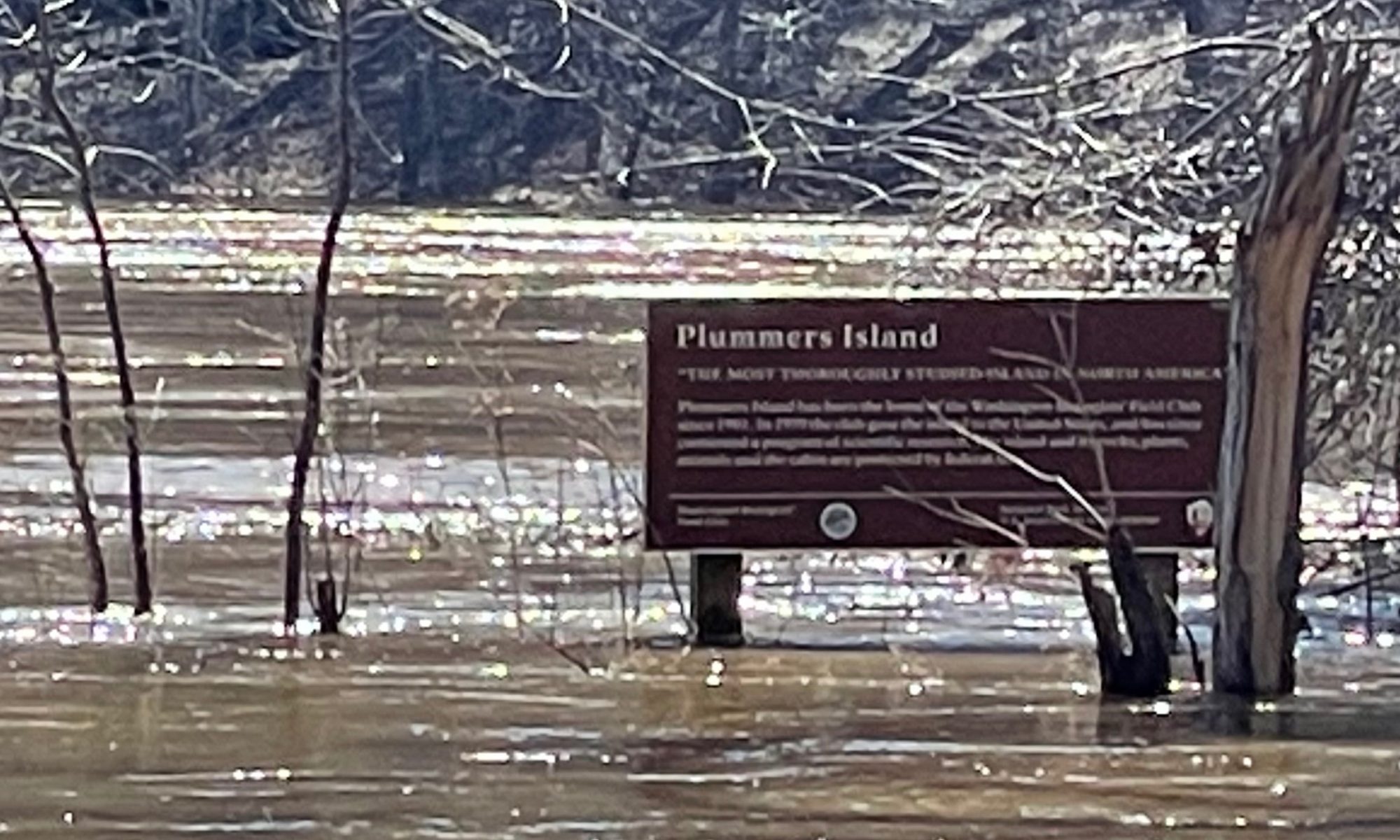
Manville, Albert M. (Active)
Johns Hopkins University
Wildlife Conservation
Born in Ann Arbor, Michigan, on December 12, 1946, Al developed an early interest in wildlife conservation, much through the influence of his father, the late Richard Manville, also a member of the Washington Biologists’ Field Club. With a growing interest in the outdoors, Al received a BS degree in zoology/ecology from Allegheny College, Meadville, Pennsylvania, where his research on black bears originally began. Following a four-year stint in the U.S. Navy as a Mandarin Chinese interpreter working for the National Security Agency, he earned an MS degree in natural resources and wildlife management from the University of Wisconsin Stevens Point. His thesis was a two-year study of the parasites and diseases of black bears in Northern Wisconsin. Al went on to earn his PhD degree at Michigan State University in wildlife ecology and management, again studying black bears. His research involved radio tracking bruins to assess the impacts of humans on bear movements, dispersion, den site selection, and survival. All told, Al has immobilized and handled over 100 black bears in the East and several grizzly bears in the West.
Teaching has been a passion of Al’s, including five years at Michigan State teaching environmental studies and one year teaching wildlife population analysis, and a short stint as an affiliate professor for the Biology Department at George Mason University. Al also has been a member of the affiliate faculty of the U.S. Department of Agriculture Graduate School Evening Programs since 1983, and has taught three courses for the Graduate School: wildlife ecology, advanced wildlife ecology, and wildlife policy and environmental ethics. Al also taught ecology as an adjunct professor for Johns Hopkins University, having done so since 2000.
Al’s first post-graduate job was big game records coordinator for the Boone and Crockett Club from 1981 to 1983, where he maintained status with them as an official measurer until 2001. From 1983 to 1994, he worked for Defenders of Wildlife, first as a consultant, then as senior staff wildlife biologist, and more recently as director of science policy. Al helped win some significant environmental victories for the planet, most notably as a member of the U.S. Scientific Delegation on High Seas Driftnetting in 1991, later that year co-leading an initiative in the United Nations garnering a unanimous General Assembly ban on large-scale high-seas driftnetting worldwide. He also helped write, testify for, and seek passage of the High Seas Driftnet Fisheries Enforcement Act of 1992, implementing the United Nations ban in the United States. Al also helped write and worked to help pass seven other environmental laws dealing with marine plastic debris, driftnets, degradable plastics, oil spill prevention, and U.S. Navy plastic dumping. He also chaired a large coalition of more than 50 national and regional groups called the Entanglement Network Coalition (1986-94), helping win $16.2 million in federal research appropriations over 6 years. Al founded the Nongame Coalition and co-founded the Ad Hoc Advisory Committee on Plastics/Keystone Dialogue on Plastics, helping convince the Navy to stop all overboard dumping of plastics worldwide.
From 1994 to 1996, Al served as the executive director of the Adirondack Mountain Club in Upstate New York, helping sizably increase the club’s membership, expand its outreach, and improve its conservation initiatives, particularly in habitat conservation, alpine plant protection, and erosion prevention. He supervised a staff of about 85. In 1997, Al served on the steering committee of the Endangered Species Coalition in Washington, D.C. In late 1997, Al was offered a branch chief’s position with the Division of Migratory Bird Management, U.S. Fish and Wildlife Service, Arlington, Virginia. He worked in that position for 1.5 years. He now serves as a senior wildlife biologist in charge of bird strike policy and international migratory bird issues. In 1999, Al was presented the Conservation Service Award from the Secretary of Interior for bird conservation efforts with the electric utility industry. Al currently chairs the Communication Tower Working Group, partnering with the communication industry, other federal and state agencies, academicians, researchers, and non-government organizations.
Al’s research efforts have been extensive, including six summers in the Aleutian Islands assessing impacts of marine debris and fishing gear on seabirds and marine mammals; five summers studying impacts of humans on brown bears at Katmai National Park, Alaska; eleven years working on wolf-human interactions in Alaska; and five years assessing recovery from the Exxon Valdez oil spill in Alaska. He has been invited to participate on the National Academy of Sciences’ National Research Council as well as on the Academy’s Marine Board. He served as the wildlife consultant for the filming of Walt Disney Productions/Touchstone Pictures filming of Jack London’s White Fang, and he was a member of StarKist’s StarKids Advisory Panel. Al also served on the Editorial Advisory Board of the Nature Conservancy magazine for five years. He has been a certified wildlife biologist with The Wildlife Society since 1983 and has served on the boards of three nonprofit organizations.
Al has published more than 120 popular and scientific titles on research findings and he has been invited as a featured guest speaker well over 130 times. Getting the work out on environmental issues is important. As such, Al has been quoted in the print media hundreds of times, and has made over 70 television and 80 radio appearances on the environment.
Al was elected as a member of the Washington Biologists’ Field Club in 1991, served as a member of the board of managers from 1992 to 1993, and chaired the centennial committee from 2000 to 2001.

